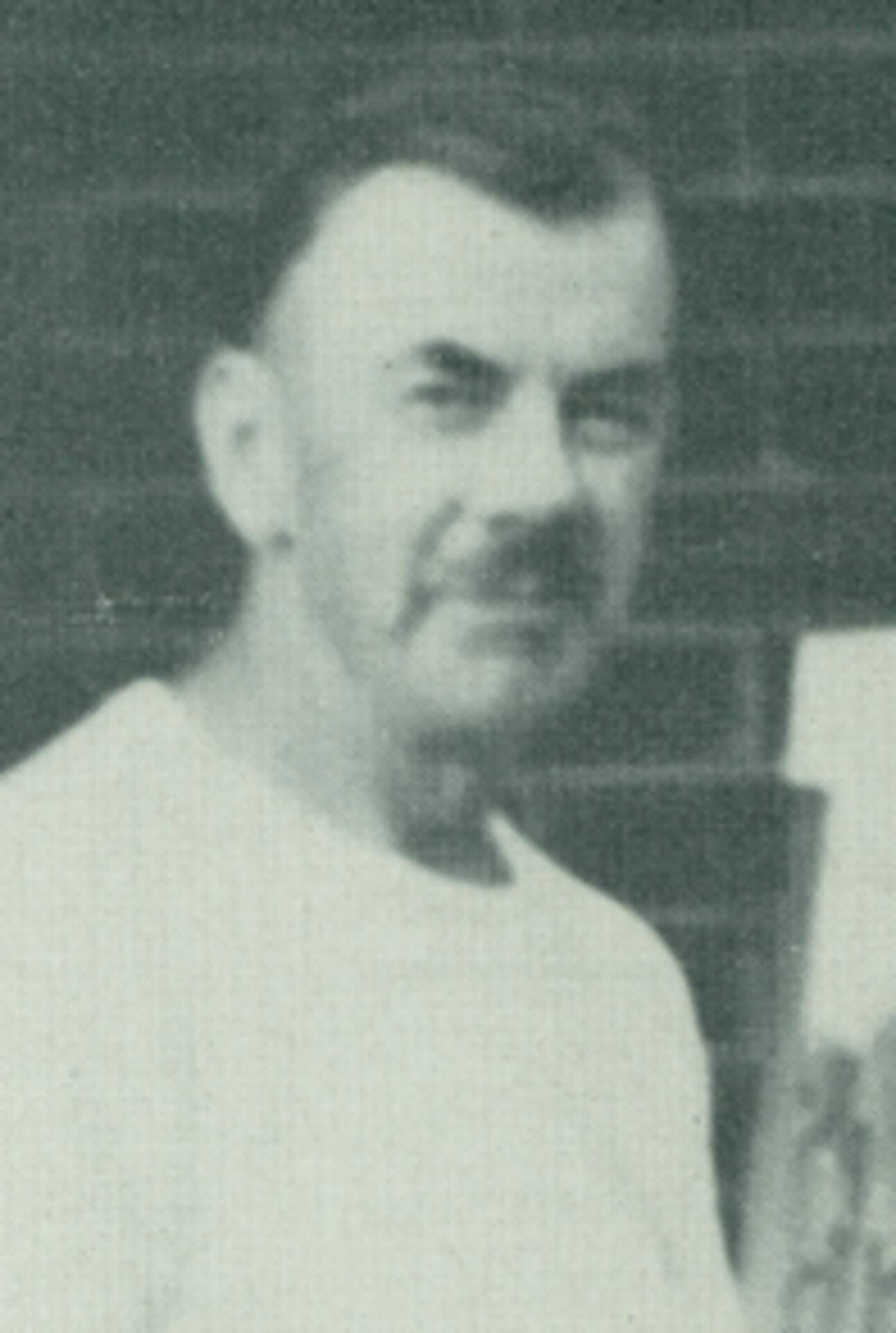Arthur H. Lindberg
(1895-1977)
Arthur H. Lindberg was a realist artist, illustrator, and teacher. Many of his works are comprised of Buffalo’s industrial scenes, factories, grain elevators, and steel plants during the 1940s and 1950s. He also portrayed the beauty of nature through his use of oil, watercolor, and pastel. He was drawn to water as a subject, particularly waterfronts of the New England area. Lindberg was born in 1895 in Worchester, Massachusetts, and began taking art classes at the Worcester Art Museum at the age of twenty. He continued his studies at the Pratt Institute in Brooklyn for two years before serving in France during World War I. He briefly returned to Worcester following his service, then continued his art training in New York during the late 1920s and early 1930s. He studied at the Grand Central School of Art under Harvey Thomas Dunn and Dean Cornwell, as well as the Art Students League of New York City under Frank Vincent DuMond and George Brandt Bridgman around 1935. He returned to the Pratt Institute the following year, receiving his Bachelor of Fine Arts degree in 1939.
Lindberg also visited Buffalo for the first time in 1939, where he was inspired by the waterfront and subsequently became an active member of the local art community. After receiving his master’s degree from Columbia University in 1941, he moved to Buffalo permanently. He was a member of the Buffalo Society of Artists and served as its president in 1954 and 1955. He also taught at Kenmore Senior High School form 1941-1945. Lindberg had a solo exhibition at Carl Bredemier Gallery in Buffalo called Our Industrial Waterfront in 1947. He also exhibited in annual shows with the Buffalo Society of Artists throughout the mid-1940s-mid 1950s. He spent his retirement and later years teaching private classes. His work was shown in several retrospective shows, including the Albright-Knox Art Gallery’s exhibition and catalogue, The Wayward Muse: A Historical Survey of Paintings in Buffalo (1987) and the Burchfield Penney Art Center’s thematic exhibition, Buffalo’s Grain Elevators (1997).His work was shown to great acclaim after his death at Linda Hyman Fine Arts in New York in 1987.
